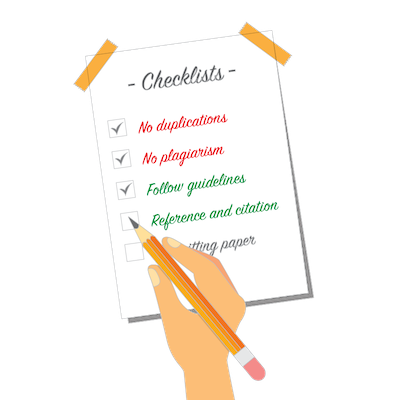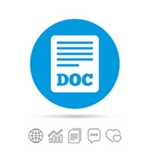Online Submissions
Already have a Username/Password for SOURCE : Jurnal Ilmu Komunikasi?
Go to Login
Need a Username/Password?
Go to Registration
Registration and login are required to submit items online and to check the status of current submissions.
Submission Preparation Checklist
As part of the submission process, authors are required to check off their submission's compliance with all of the following items, and submissions may be returned to authors that do not adhere to these guidelines.
- As part of the submission process, authors are required to check off their submission's compliance with all of the following items, and submissions may be returned to authors that do not adhere to these guidelines.
Please make sure that authors understand and follow these terms before proceeding with the next step in article submission.
The submission has not been previously published, nor is it before another journal for consideration (or an explanation has been provided in Comments to the Editor). Articles published in conferences will need to be altered prior to submission with at least 30% differences to the original paper, and pass our similarity check.Authors are bound to our Plagiarism Policy, thus careful considerations should be done prior to submitting the article. In any circumstances that Source : Jurnal Ilmu Komunikasi found article has or being published elsewhere which is identical to the one published in Source : Jurnal Ilmu Komunikasi, we will retract the article following COPE's guidelines on retracting articles and notify the author.
The submission file is in Microsoft Word file format, following the author guidelines and article template. Please make sure that you use Mendeley to help in referencing. A guide to using Mendeley as a reference manager is provided.
Failure to follow the guidelines will cost you time and perhaps rejection of your manuscripts.
Where available, URLs or DOIs for the references must be provided, and try to use the most up-to-date references. Do pay attention that Source : Jurnal Ilmu Komunikasi prefers journal articles, research reports, and conference proceedings as the main references.
- Authors are discouraged from withdrawing submitted manuscripts after it is in the publication process (review, copyedit, layout, etc.,).
Since Source : Jurnal Ilmu Komunikasi is a peer-reviewed journal, the instructions in Ensuring a Blind Reviewed article needs to be followed.

Copyright Notice
Authors who publish with this journal agree to the following terms:
- Authors retain copyright and grant the journal right of first publication with the work simultaneously licensed under a Creative Commons Attribution-ShareAlike 4.0 International License that allows others to share the work with an acknowledgement of the work's authorship and initial publication in this journal.
- Authors are able to enter into separate, additional contractual arrangements for the non-exclusive distribution of the journal's published version of the work (e.g., post it to an institutional repository or publish it in a book), with an acknowledgement of its initial publication in this journal.
- Authors are permitted and encouraged to post their work online (e.g., in institutional repositories or on their website) prior to and during the submission process, as it can lead to productive exchanges, as well as earlier and greater citation of published work (See The Effect of Open Access).
Privacy Statement
The names and email addresses entered in this journal site will be used exclusively for the stated purposes of this journal and will not be made available for any other purpose or to any other party.












